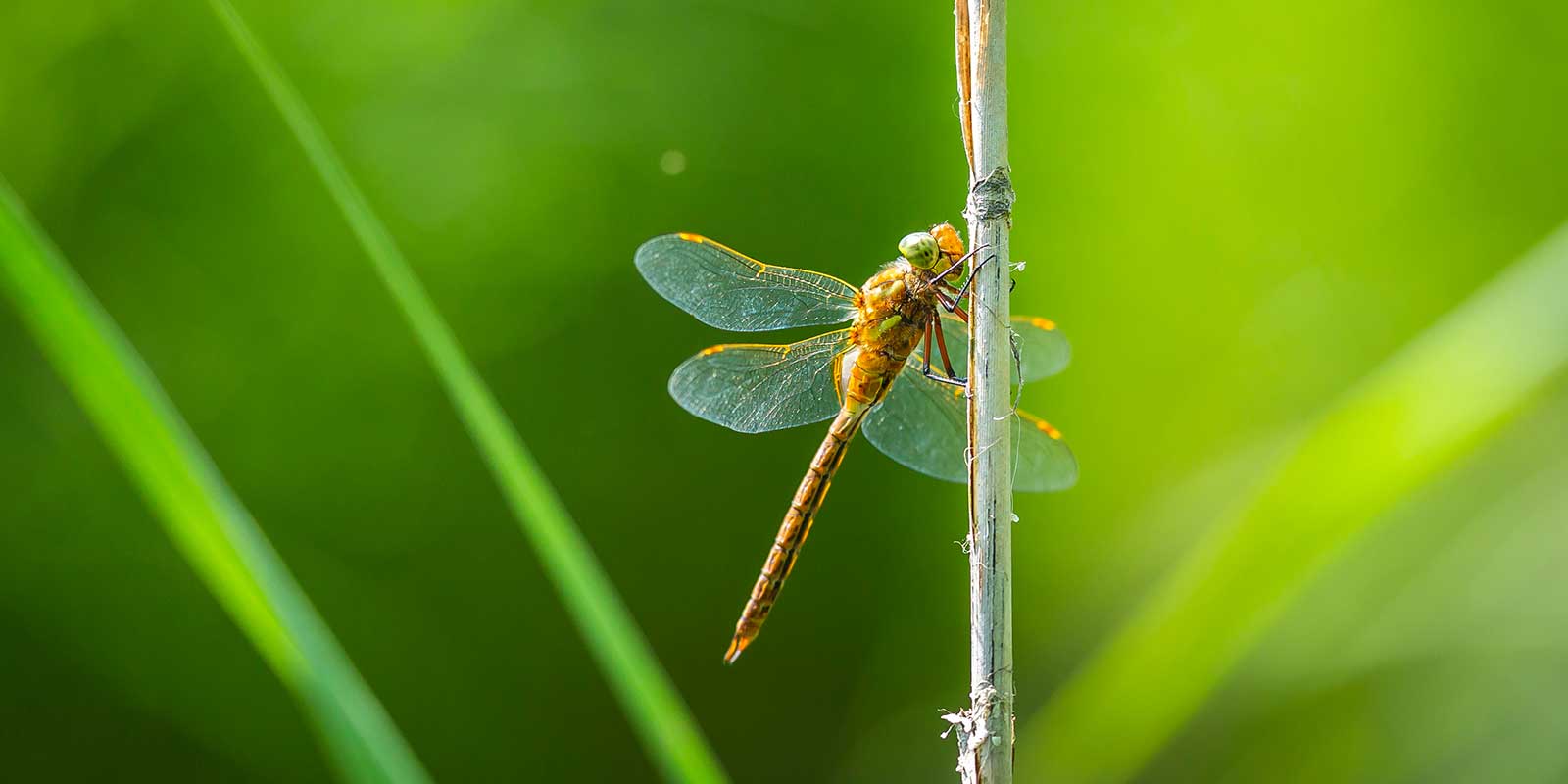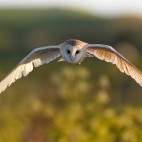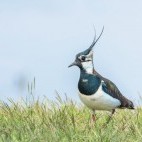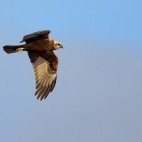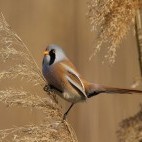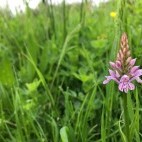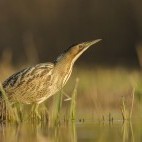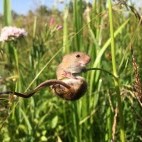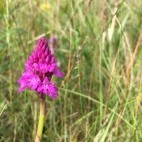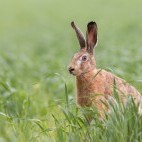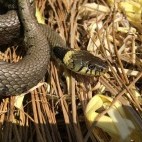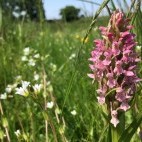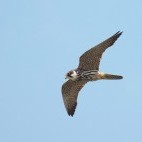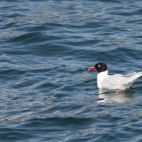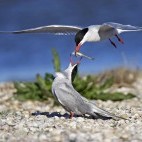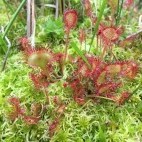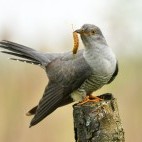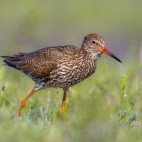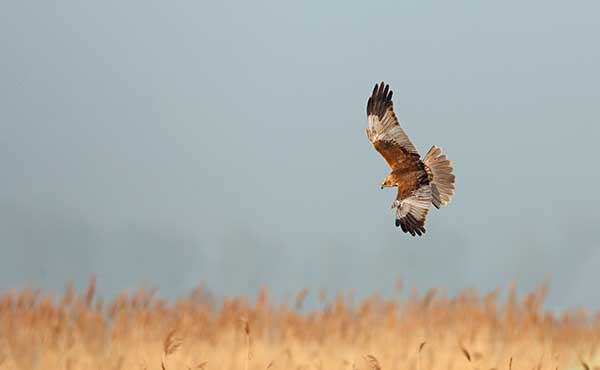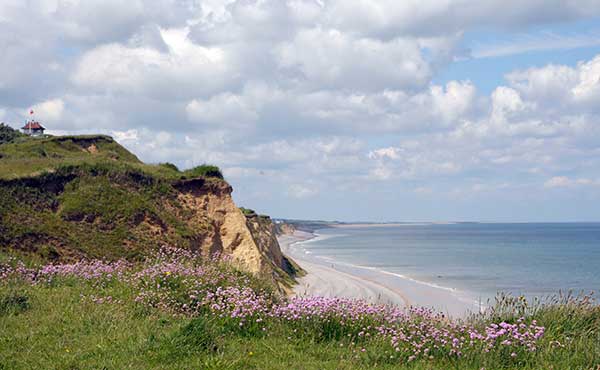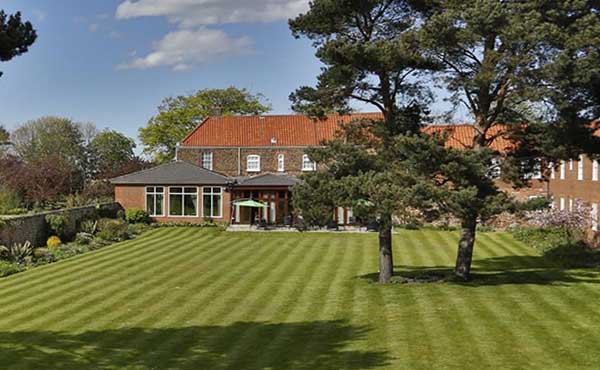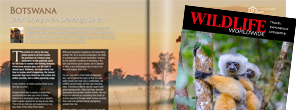Nick Acheson

Nick Acheson lives where he grew up, in North Norfolk. Following his two degrees, he lived for ten years in South America, working with conservation NGOs including WWF.
He has also spent four years in Asia and has worked with wildlife on every continent and ocean. Nick is an ambassador for Norfolk Wildlife Trust, a trustee of Pensthorpe Conservation Trust (which headstarts curlews and leads the reintroduction of the corncrake in East Anglia) and a patron of Felbeck Trust. For his book The Meaning of Geese, he cycled 1,200 miles on his mother's 40-year-old bicycle, following the lives of the wild geese which visit Norfolk each winter. From his flint cottage by a village duckpond he gazes at the sky, watches the birds that pass, swims in rivers and the sea, and walks far and wide across the countryside.

